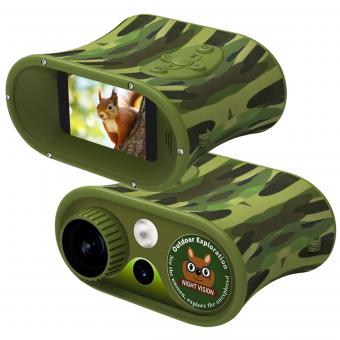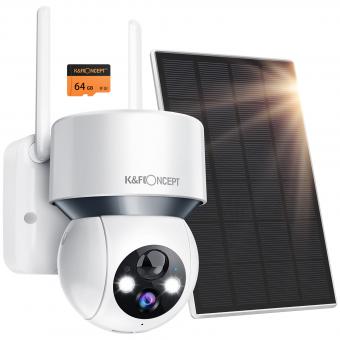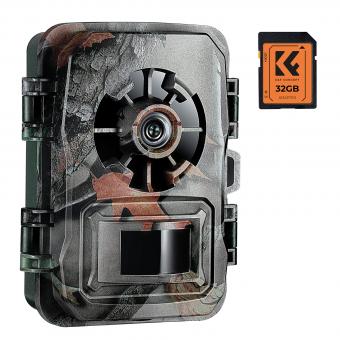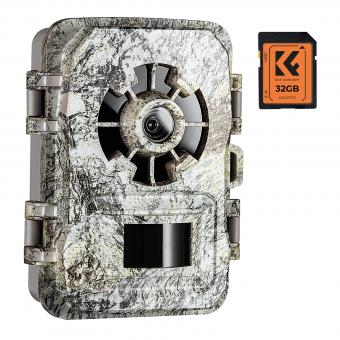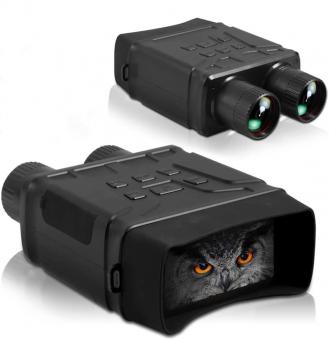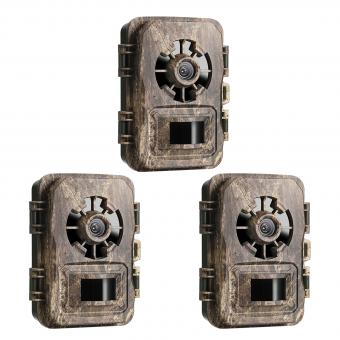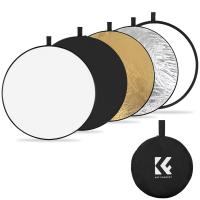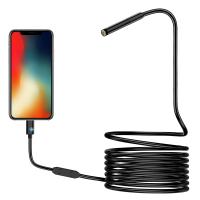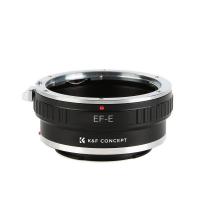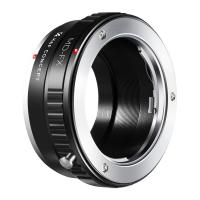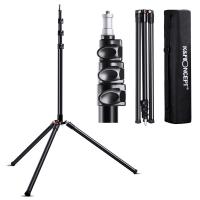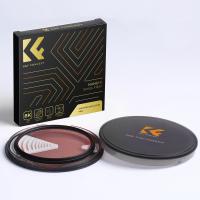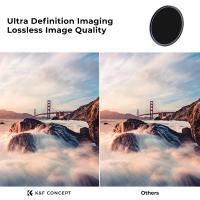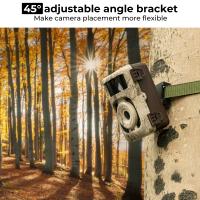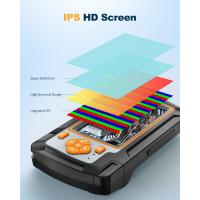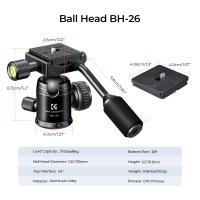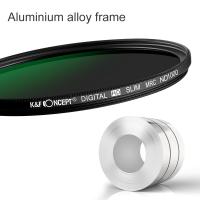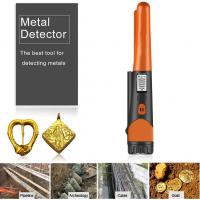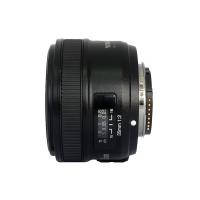What Do Night Vision Goggles Do ?
Night vision goggles are optical devices that allow the user to see in low-light or no-light conditions. They work by amplifying the available light in the environment, including infrared light, which is not visible to the naked eye. This amplified light is then projected onto a screen or eyepiece, allowing the user to see the surroundings in shades of green or black and white. Night vision goggles are commonly used by military personnel, law enforcement officers, and hunters, as well as for surveillance and security purposes. They can also be used for recreational activities such as camping and night hiking.
1、 Infrared technology
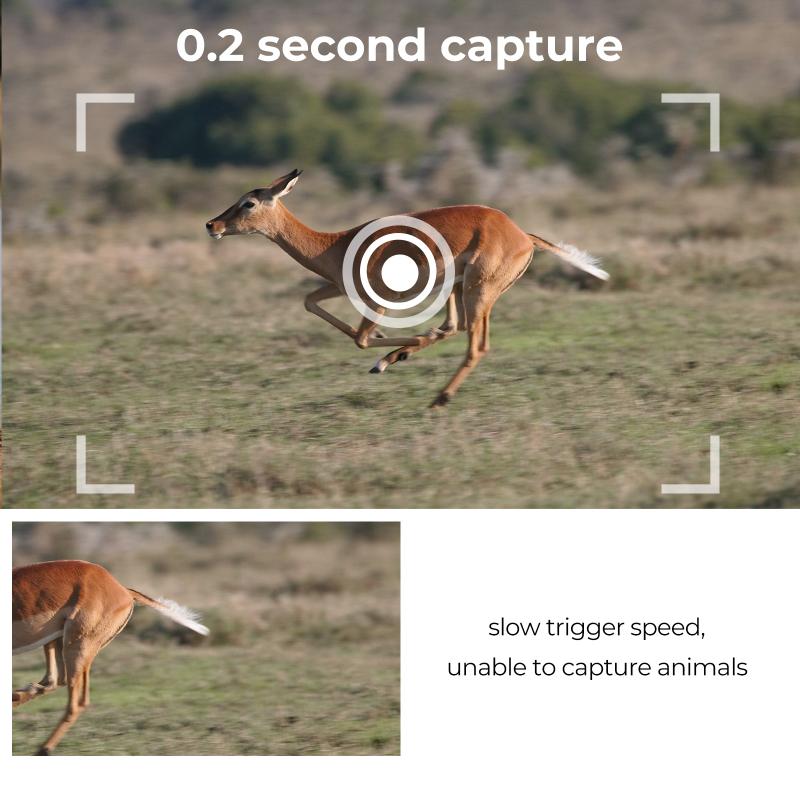
Night vision goggles are a type of optical device that allows the user to see in low-light or no-light conditions. They work by amplifying the available light in the environment, such as moonlight or starlight, or by using infrared technology to detect heat signatures.
Infrared technology is a key component of modern night vision goggles. Infrared light is a type of electromagnetic radiation that is invisible to the human eye but can be detected by special sensors. Infrared sensors in night vision goggles detect the heat signatures of objects in the environment and convert them into visible images.
The latest advancements in night vision technology have led to the development of more sophisticated and effective night vision goggles. These include digital night vision goggles that use advanced image processing algorithms to enhance the quality of the images, and thermal imaging goggles that can detect even the slightest differences in temperature to create highly detailed images.
Night vision goggles have a wide range of applications, from military and law enforcement operations to hunting and outdoor recreation. They are also used in scientific research and exploration, such as studying nocturnal animals or exploring caves and other dark environments.
Overall, night vision goggles are an essential tool for anyone who needs to see in low-light or no-light conditions. With the latest advancements in technology, they are becoming more effective and accessible than ever before.
2、 Amplification of existing light
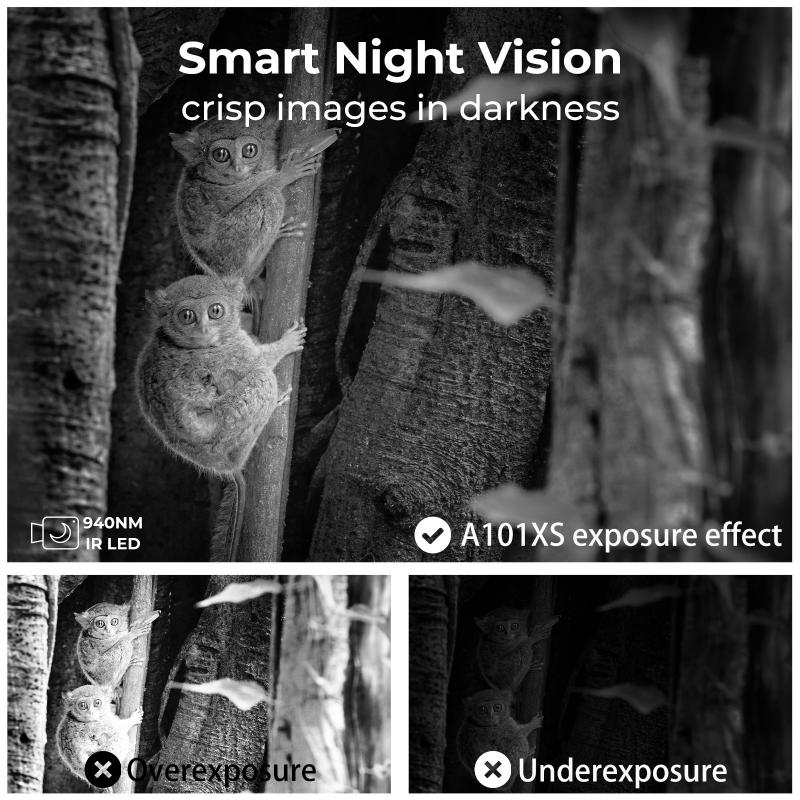
Night vision goggles are a type of optical device that allows the user to see in low-light or no-light conditions. They work by amplifying existing light, such as moonlight or starlight, and converting it into an image that the user can see. This is achieved through the use of special lenses and electronic components that enhance the available light and display it on a screen or eyepiece.
The amplification of existing light is achieved through a process called image intensification. This involves capturing the available light through the lenses and passing it through a photocathode, which converts the photons into electrons. These electrons are then accelerated and passed through a microchannel plate, which multiplies the number of electrons and creates a brighter image. The electrons are then converted back into photons and displayed on a screen or eyepiece, allowing the user to see in the dark.
Recent advancements in night vision technology have led to the development of thermal imaging goggles, which work by detecting the heat emitted by objects rather than amplifying existing light. These devices are particularly useful in situations where there is no ambient light, such as in complete darkness or in smoke-filled environments.
Overall, night vision goggles are an essential tool for military personnel, law enforcement officers, and hunters, allowing them to operate effectively in low-light or no-light conditions. With continued advancements in technology, these devices are likely to become even more effective and widely used in the future.
3、 Image intensification

Night vision goggles are a type of optical device that allows the user to see in low-light or no-light conditions. They work by using a process called image intensification, which amplifies the available light in the environment and enhances the image for the user.
Image intensification works by collecting the available light through the goggles' lenses and passing it through a photocathode. The photocathode converts the photons of light into electrons, which are then accelerated by an electric field and passed through a microchannel plate. The microchannel plate multiplies the number of electrons, creating a brighter image. Finally, the electrons strike a phosphor screen, which converts them back into photons of light that the user can see.
The latest advancements in night vision technology have led to the development of digital night vision goggles, which use a combination of image intensification and digital processing to enhance the image. These goggles use a digital sensor to capture the available light and then process the image using algorithms to enhance the contrast and detail. This allows for a clearer and more detailed image, even in extremely low-light conditions.
Overall, night vision goggles are an essential tool for military personnel, law enforcement officers, and hunters who need to operate in low-light or no-light conditions. The latest advancements in technology have made these devices even more effective, allowing users to see more clearly and accurately in the dark.
4、 Thermal imaging
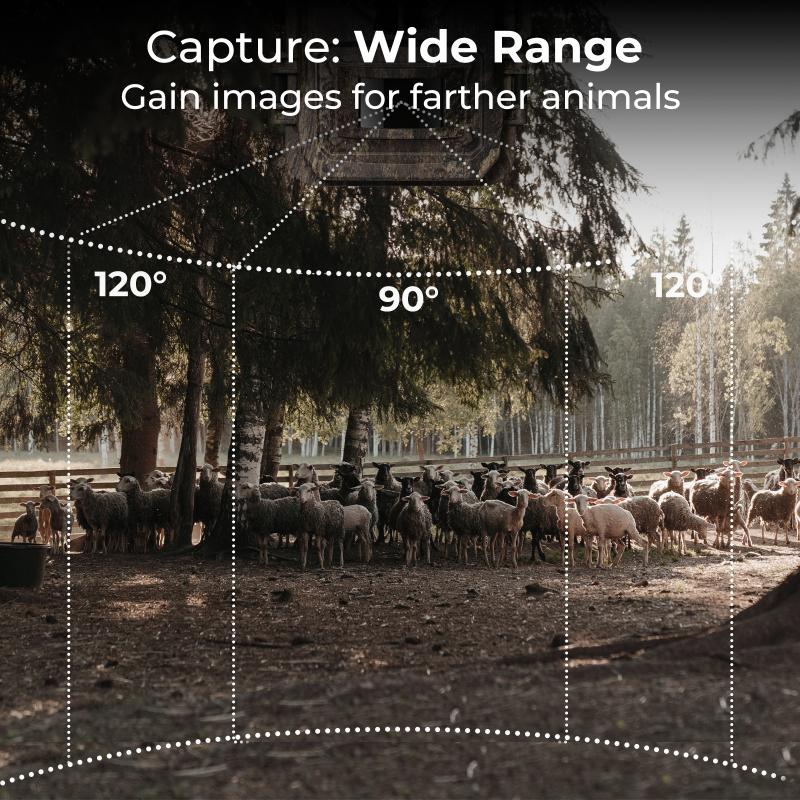
Night vision goggles are a type of optical device that allows the user to see in low-light or no-light conditions. They work by amplifying the available light, such as moonlight or starlight, and projecting it onto a screen or eyepiece. This allows the user to see objects that would otherwise be invisible to the naked eye.
However, night vision goggles have limitations. They are not effective in complete darkness or in situations where there is no ambient light. This is where thermal imaging comes in.
Thermal imaging is a technology that detects the heat emitted by objects and converts it into an image. This allows the user to see in complete darkness or in situations where there is no ambient light. Thermal imaging is particularly useful in military and law enforcement applications, where it can be used to detect hidden objects or individuals.
In recent years, thermal imaging technology has become more accessible to the general public. Thermal imaging cameras are now available for home security and surveillance, as well as for outdoor activities such as hunting and camping.
Overall, while night vision goggles are still a valuable tool in low-light conditions, thermal imaging offers a more comprehensive solution for seeing in complete darkness or in situations where there is no ambient light.

